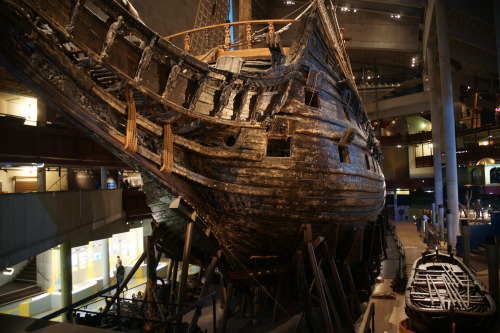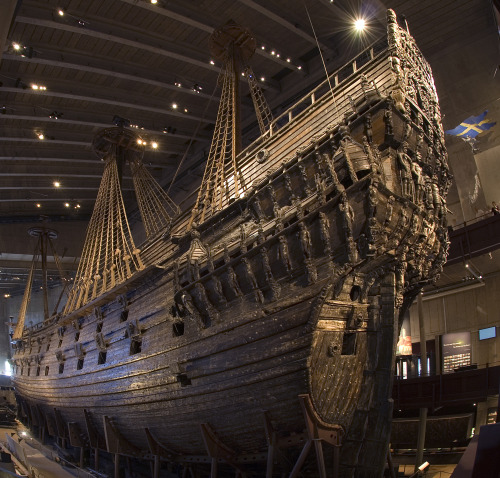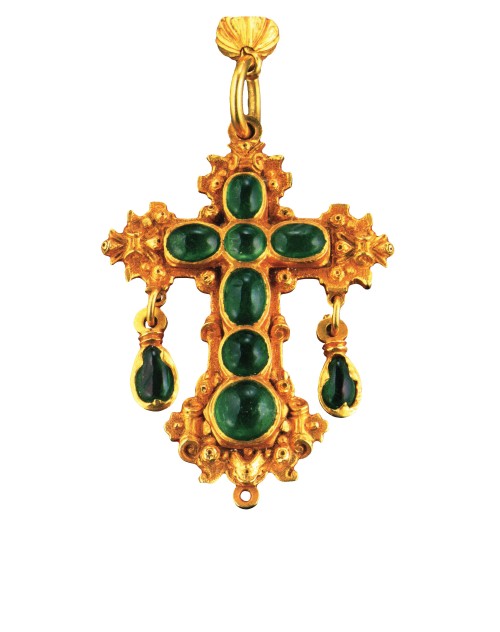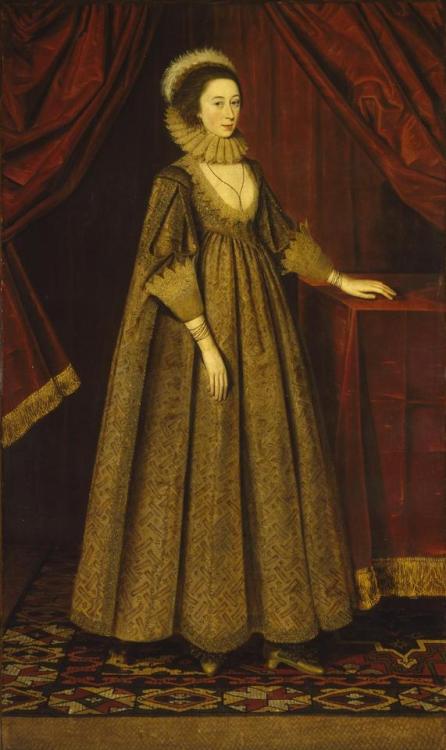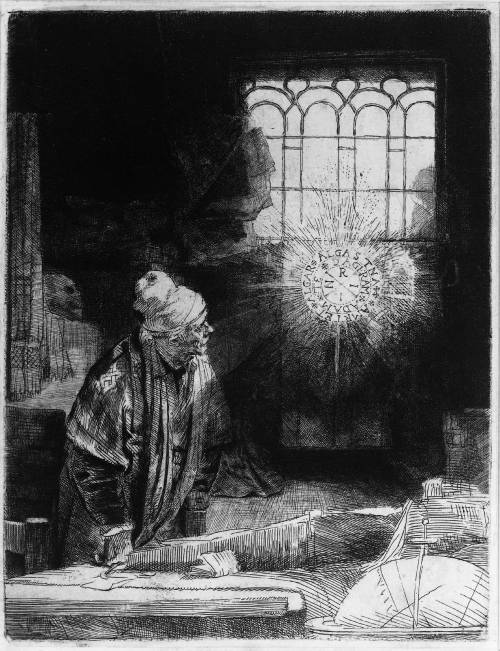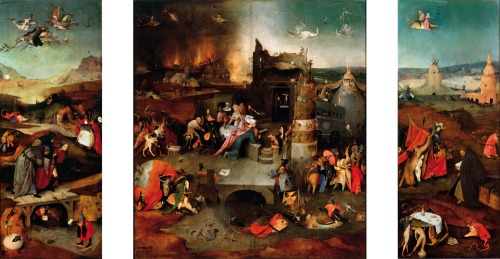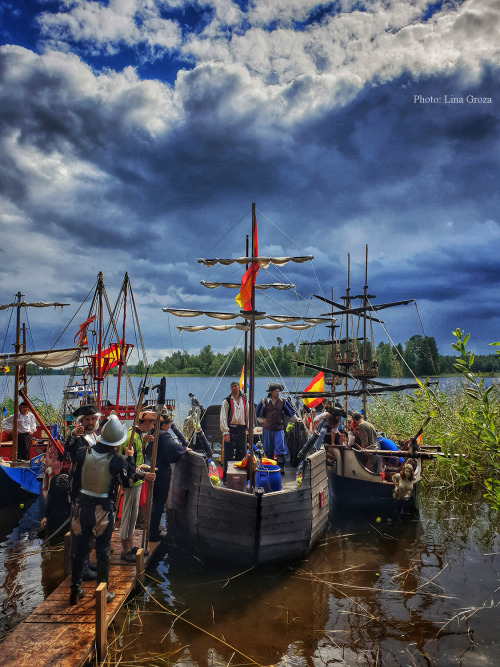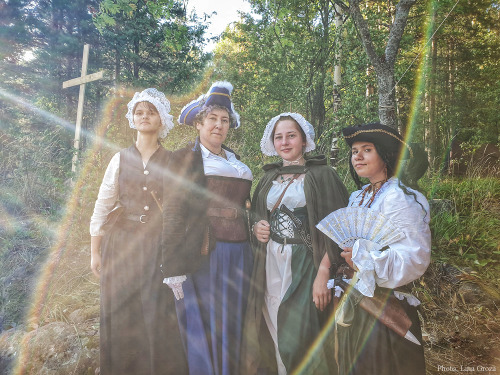#xvii century
Vasa is a Swedish XVII century warship and one of Sweden’s most popular tourist attractions. No wonder since it is also the oldest, and probably best preserved, shipwreck to date.
Post link
Emerald-set gold rosary. 17th century, Colombia
Goldsmithing in Colombia is believed to date from about 800 B.C. and is the source for some of its greatest artwork. For the pre-Hispanic cultures of present-day Colombia, gold held no monetary value; it was a gift from the Sun and held a deep symbolic meaning. Gold’s physical and chemical properties inspired the creation of expertly crafted figures of spirits, animals and humans that communicated this culture’s understanding and philosophy of the universe and all that existed within it.
Post link


The Milkmaid, Johannes Vermeer, c. 1657–1658
Photos from LARP “Caribbean sea. Pirates-XI” (St-Petersburg region)
Photographer - Lina Groza
Post link
The Palazzo Ducale di Mantova is a group of buildings in Mantua,Lombardy, northern Italy, built between the 14th and the 17th century mainly by the noble family of Gonzagaas their royal residence in the capital of their Duchy. The buildings are connected by corridors and galleries and are enriched by inner courts and wide gardens. The complex includes some 500 rooms and occupies an area of c. 34,000 m2, which make it the sixth largest palace in Europe after the palaces of the Vatican, the Louvre Palace, the Palace of Versailles, the Royal Palace of Caserta and the Castle of Fontainebleau. It has more than 500 rooms and contains 7 gardens and 8 courtyards. Although most famous for Mantegna’s frescos in the Camera degli Sposi, they have many other very significant architectural and painted elements.
The Gonzaga family lived in the palace from 1328 to 1707, when the dynasty died out. Subsequently, the buildings saw a sharp decline, which was halted in the 20th century with a continuing process of restoration and the designation of the area as museum. In 1998, a hidden room was discovered by Palace scholars, led by musicologist Paula Bezzutti. The room is thought to have been used for performances of Monteverdi’s music in the late 16th century.
Post link


